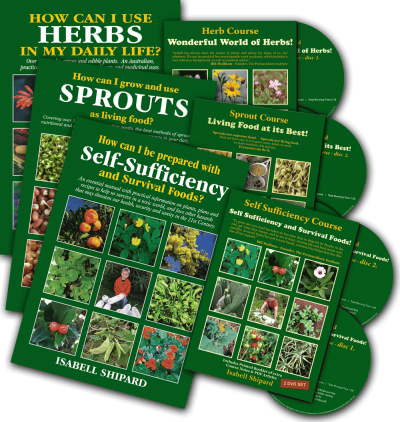Khus-khus, Khas Khas, Botha Grass, Aga Wangi
Vetiver zizanioides F. Poaceae
Description
A dense, clumping, non-running, perennial grass to 1.5 metres tall, native to Asia; growing from a deep, thick, matting root system that can delve deep into the earth 1-3 metres. Leaves 8mm wide stand stiff and erect. Whorled flower stems, usually taller than the leaves, have fine grass-like flowers with a bronze tinge.

Some forms of vetiver do not produce viable seed, but be aware that varieties have been available in Australia that do set viable seed, which could have the effect of establishing where not wanted. Research for over twelve years by the Queensland Department of Primary Industries has found that the sterile form, referred to as ‘monto vetiver’, performs well in a wide range of climates and conditions, and poses no threat to the environment from setting seed. Leaves of the plant are odourless, however the roots have an exquisite and long lasting scent, similar to the aroma of sandalwood. In our display room at the herb farm, an open bowl of dried vetiver root has given off a most pleasing aroma for over seven years, and is always enjoyed by callers who take the opportunity to sniff.
Propagation is by division of roots. These slips, with leaf tops cut off to 15cm and the root base trimmed to 10cm, can be established in pots or planted direct into position, ready to serve its many functions:
- Erosion control
- Moisture conservation
- To build permanent contours
- Stabilise steep slopes along irrigation channels, creeks and river beds, by creating contour banks
- Provide windbreaks for young trees
- Serve as a fire break
- Even when surrounding plants may have been destroyed by drought, flood, fire or other adversity, vetiver grass has been found to remain to protect the ground from the detrimental effects of heavy rain and erosion. The plant’s crown is below the soil surface, protected against fire and over-grazing.
… … omitted text, please see How can I use HERBS in my daily life? for full text.


